While decodables are an excellent opportunity for in-context phonics practice, these books can become repetitive when they are not paired with more engaging texts. That’s why trade books are the perfect supplement! They give students a chance to practice letters and sounds while experiencing books they enjoy.
Fun Ways Educators Can Use Books in Phonics Lessons
1. Use playful books to hook students in the day’s phonics lesson.
Get students immediately engaged in your phonics lesson when you select a silly read aloud with rhymes, wordplay or alliteration. Bonus points if you find a way to incorporate movement in the lesson!
We recommend Rap a Tap Tap: Here’s Bojangles – Think of That, which introduces students to the short A sound and the -ap word rhyme! Students will tap their feet and clap along to the rhythmic tale of tap dancer Mr. Bojangles as they explore the –ap sound. Featured in Phonics Read Alouds collection.
2. Use trade books to model the letter-sound correspondences that students are learning.
Reinforce learning and the transfer of letter-sound correspondences with the real books you share with your students. Whenever students notice the sound or letter they are learning, have them perform an action, such as clapping or echoing the sound. Kids will stay more engaged when given an opportunity to interact.
We recommend “Slowly, Slowly, Slowly,” Said the Sloth, which models the S sound for students and shows how s-blends work in authentic literature. Amp up the fun when you read the S sound and s-blends the way a sloth might – very s-l-o-w-l-y! Find this book and others for learning blends in our Phonics Consonant Blends collection.
3. Use trade books to hunt for words that begin or end with a certain sound.
Books with plenty of playful alliteration are great for increasing letter and sound recognition. Go beyond identifying words that start with a sound or letter and have students find trickier examples mid-word.
We recommend Four Famished Foxes and Fosdyke featured in our Phonics Consonant Sounds collection. These consonance-focused titles offer students the opportunity to experience repeating consonant sounds through engaging fictional characters and imaginative storylines.
4. Reimagine a book with a beginning letter or sound missing from the words.
What if the book was missing the beginning sound? Laugh along with students as they solidify their phonics knowledge by reading about the “–eep in a –op,” or as it’s commonly known, Sheep in a Shop.
When you use Sheep in a Shop in our Phonics Consonant Digraphs collection as a silly twist on a read aloud, students will erupt into laughter without realizing they are committing new sounds to memory!
5. Swap letters in a book to make new words.
How does the sound of the book change if you swap the first letters of key words? As you move letters and sounds around, students will be excited when other real words emerge, not just funny sounds!
What if Chicka Chicka Boom Boom was Bicka Bicka Choom Choom? Use Chicka Chicka Boom Boom from our Phonics Read Alouds collection to discover surprising sound combinations and practice swapping phonemes to sound out new words.
6. Have students guess the rhyme at the end of the page.
Share a rhyming book featuring a repeated sound but leave off the last rhyming word on each page. Pause and let the students guess what the word will be! Consider offering an incentive to students who guess the most rhymes correctly, such as choosing the next read aloud book.
We recommend Miss Mary Mack found in our Phonics Read Alouds collection. This twist on a classic sing-along story will get stuck in students’ heads all day long, further helping them to practice their rhyming skills.
7. Break it down with Word Parts.
In a book with many multisyllabic words or compound words, have students find small words or word parts contained in larger, more complex words.
Try using Airplanes and Rainbows found in our Phonics Vowel Teams collection. Readers will break down compound words like airplane or rainbow into smaller words like air, plane, rain and bow and form associations based on context. When readers stumble across an unfamiliar compound word in the future, they can break it down and infer the meaning!
Take it a step further.
Next, have students model phonics skills by writing short stories. As students master sounds one by one, they need opportunities to practically apply these skills. Give them activities to practice writing short stories using those phonic features. As students inevitably make spelling mistakes, you can see where they may be missing a connection during your lessons.
The titles and collections featured above are just some of the many engaging real books in Booksource’s Complete Phonics Collection for Grades K-2, where you can find more fun titles to add to growing classroom libraries.
How do you combine the benefits of decodables and trade books in your phonics lessons? Tell us in the comments below!


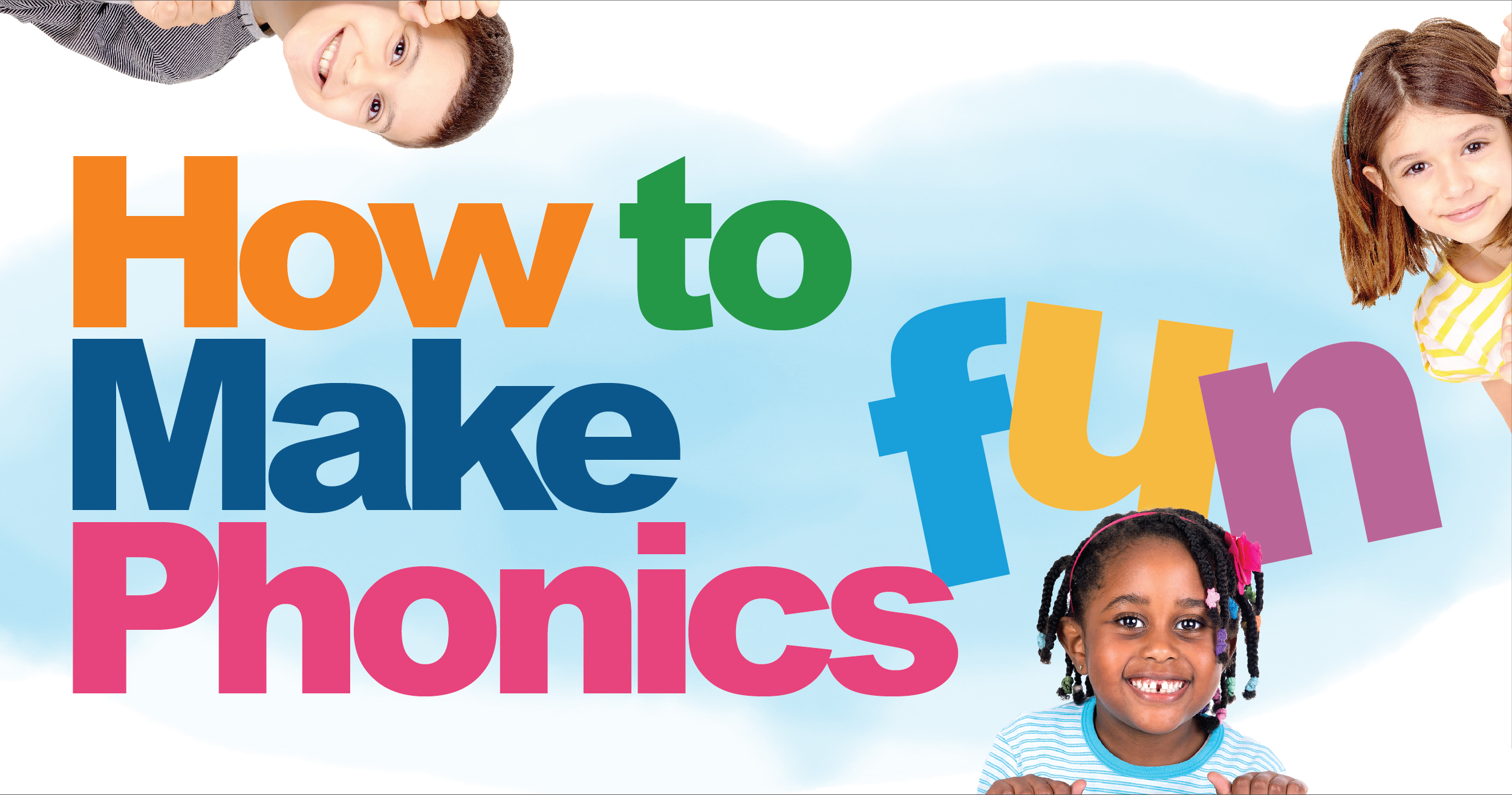
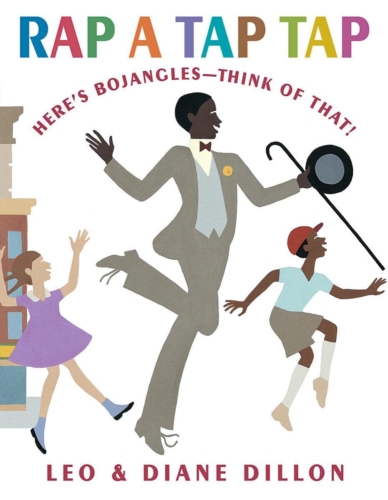
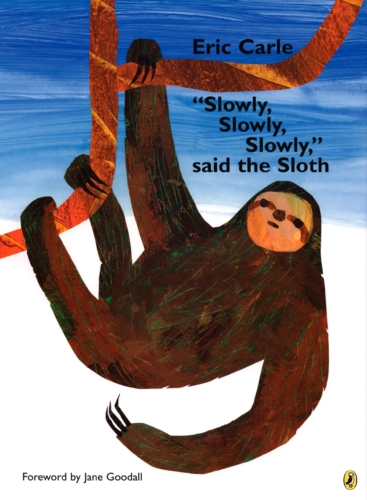
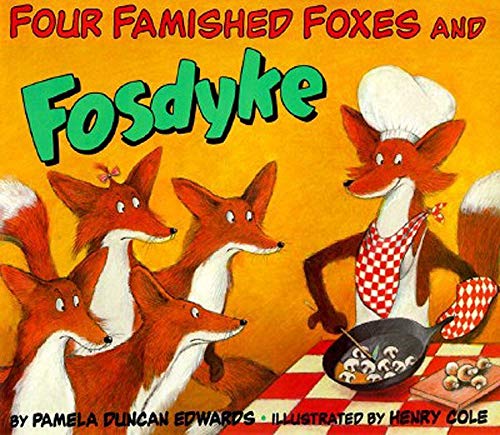
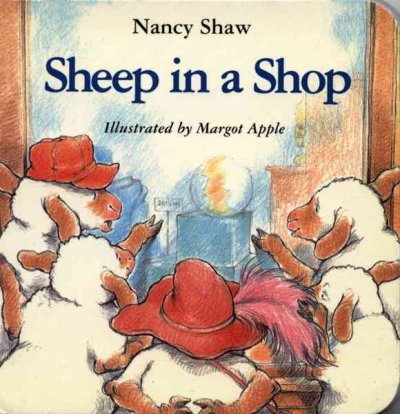
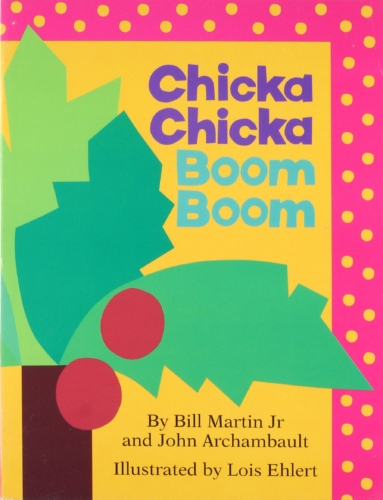
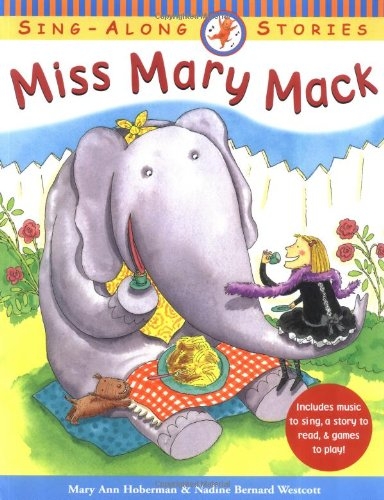

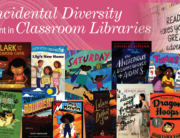
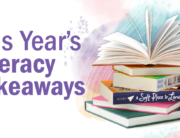

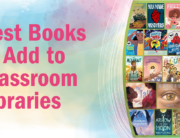

[…] approach to reaching struggling readers. To help kids connect with phonics lessons, try using real books in addition to decodables. If kids seem disinterested with most stories, consider introducing them […]